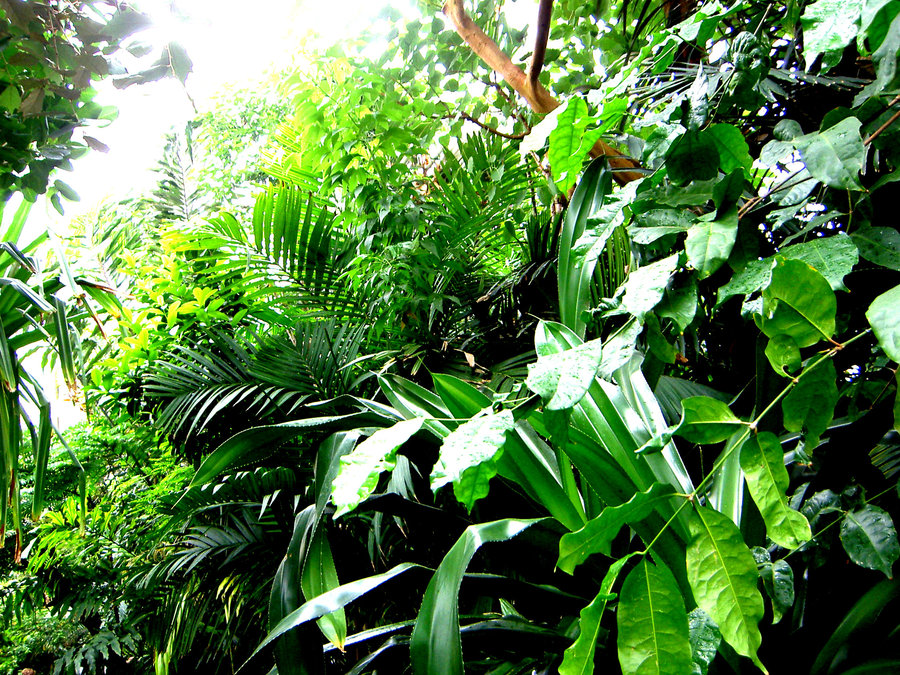A healthy environment is necessary
for human and animal life to survive. Drinkable water, breathable air, and
edible food are some of the resources that are necessary for life to continue.
Yet at the same time, people cannot maintain a desirable standard of living
without the consumption of natural resources, which causes damage to the
environment. In addition, using natural resources reduces their availability,
which can lead to shortages of building and manufacturing materials, food, and
water. Human activity that is harmful to the environment can cause public
health crises, render areas uninhabitable, and otherwise reduce standards of
living on a societal or global scale. When people protect the environment, they
are protecting themselves and their future as well.
When people use things like aluminum
cans, glass bottles, or paper, they have two choices: throw them in the trash
or recycle them. Throwing them in the trash means they will go into a landfill,
which will ultimately mean more landfills. Landfills are toxic and thus dangerous
to the environment. In addition, it means more natural resources will be needed
to make more cans, paper, and bottles, and that will also contribute to air and
water pollution. Recycling these objects means that their materials will be
used again, reducing the need for cutting down trees or mining for materials to
make cans. In addition, programs exist that pay people to recycle many of the
things that they use, including aluminum cans, glass bottles, cell phones, and
some types of scrap metal. People can also reuse other things, like using empty
boxes to send things in the mail or empty plastic food containers for storing
paperwork or tools. All of this reduces the need for making new landfills.
Composting is the recycling of food
waste into fertilizer for plants. It has many benefits for the environment,
including reducing the use of pesticides and chemical fertilizers. This is
because it enriches the soil with a natural source of major plant nutrients
like nitrogen, potassium, and phosphorous and other substances that plants need
to grow. Some types of compost can remove contamination from soil, and all
forms of compost serve to enrich soil to foster the growth of plants.
Composting helps to fight pollution, and because it reduces the need to buy
chemical fertilizers, it can also save money. Composting is not only
economically beneficial for homeowners but also businesses.
Energy production and use is one of
the major causes of pollution and natural resource depletion by human beings.
Conserving energy not only reduces the consumption of energy, and thus the need
for energy production, but it also cuts down on air and water pollution by
reducing the burning of fossil fuels. This not only serves to protect the
environment, but it also saves energy users money by cutting down on their
energy bills. There are many ways in which one can save energy daily and
develop habits that conserve energy. For instance, carpooling to work saves
gasoline and money by transporting several people in one vehicle and reducing
the number of automobiles on the road. Using programmable thermostats at home
is a good way to reduce the usage of electricity, as is air-drying dishes and
turning off electronic equipment rather than letting it run on standby.
While 75 percent of the world’s
surface is covered by water, only one percent of that is drinkable. Water
pollution and waste reduces the amount of water that humans can use and can
cause or exacerbate water shortages. Repairing leaky plumbing such as pipes or
dripping faucets is one method of conservation that can save thousands of
gallons of water annually. Dishwashers should only be run when they are full,
as that will save more water than washing several smaller loads. Short showers,
low-flow shower heads, and low-volume toilets will also reduce the usage of
water at home.
Sustainable living goes beyond
individual acts of eco-friendliness such as recycling, energy and water
conservation, or controlling pollution. It is all of the above, but more
importantly, it’s the general principle that people should reduce or eliminate
waste to achieve no net increase in the need for natural resources. Sustainable
living is essential for preventing humans from exhausting Earth’s natural
resources, including fertile and arable land, breathable air, and drinkable
water. It is also important for space travel, where a hypothetical
human-designed environment would likely be too small and fragile to tolerate waste
or pollution. Sustainability is the merging of all eco-friendly methods into a
general lifestyle in which excess or unnecessary waste and increased resource
consumption are things of the past.
OTHER WAYS TO GO GREEN
There are a large number of
additional ways that one can act to protect the environment. One example
involves using cleaning techniques that are friendly to the environment, such
as vinegar to clean floors and baking soda and Castile soap to clean toilets.
Running laptops on their battery and charging them when their charge is low
uses less electricity than keeping the laptop constantly plugged in, and
installing solar panels can actually generate electricity for a home without
using fossil fuels. Community tree-planting programs can help clean the air as
well as provide shade and eliminate heat islands, which are zones within a city
where the sun’s light and heat cause the ground to heat up excessively. Trees
can also eliminate certain types of environmental contaminants. Electric cars
and other vehicles that run on alternative energy can help to eliminate smog
and greenhouse gases, and painting roofs a lighter color can save energy and
money by keeping a home cool during the summer. Consumers can also choose to
purchase goods that are made in a more eco-friendly manner, such as buying
products made of recycled materials.

No comments:
Post a Comment